NZFFA Member Blogs
Member Blogs
Recent blogs:
Sustainable management or tropical rainforest destruction?
Dean Satchell's blogSaturday, August 29, 2015
A New Zealand delegation made up of members of the NZ Imported Tropical Timber Group, representing buyers of tropical rainforest timber, recently visited the Solomon Islands to check out supplies of sawn timber. The visit was facilitated by the Pacific Horticultural and Agricultural Market Access (PHAMA) Program, an aid project funded by the Australian and New Zealand Governments.
Now, New Zealand currently imports $4 million worth of timber from the Solomon Islands, so I'm not sure why we would provide further aid to "strengthen the sawn timber industry in the Solomon Islands" under the guise of sustainable management of tropical timber.
New Zealand consumers want assurances that the timber products they buy have been sourced from legally and sustainably managed forests. Despite the value of trade in sawn timber from the Solomon Islands increasing significantly over the past 10 years, only now is a government-funded PHAMA aid initiative stepping in by funding a visit by our timber importers to check out the product and be seen to take the initiative, the "important first step towards sustainable forest management". This initiative is to develop a system of third party legality assurance over the next two years. Wow, sounds like a good deal to me, the importers get a NZ taxpayer funded trip to build relationships with their suppliers and seek an assurance their supplies will grow, with no assurance whatsoever of "sustainable forest management", but only an audit body to ensure eventually the timber will be legal.
Sounds like a pretty good deal for the importers, but what I'd like to know is what level of rainforest destruction is not legal in the Solomon Islands. New Zealand has strict rules around harvesting natural forest and the playing field will only be level when other countries practice truly sustainable forest management, like we do.
Dean Satchell
chair, Farm Forestry Timbers Society
Eucalyptus sphaerocarpa, my favourite durable timber species
Dean Satchell's blogSaturday, December 20, 2014
Eucalyptus sphaerocarpa is a class 1 durable eucalypt species that I introduced into New Zealand in the mid-1990's. I was looking for a highly durable species from the monocalyptus group of eucalypts, which have shown to have good levels of resistence to insects in New Zealand.
E. sphaerocarpa is a large tree from the Blackdown tablelands in Southern Queensland and grows at about 1000 m altitude. It's called Blackdown stringybark, although actually an ash eucalypt rather than a true stringybark. The timber is highly prized in this area. Mike Wilcox, renowned botanist and eucalypt enthusiast, saw the species in its native habitat and described them to me as "huge magnificent trees, a sight to behold".
So why do I like it so much? It is disease and pest resistent, grows extremely straight and has a very high content of durable heartwood. What more could I ask for... the "silver bullet" from over 20 years of durable eucalypt species trialwork.
Questions:
Is there a market for ground durable untreated posts and poles in New Zealand?
Is it viable to be production thinning 10 year old trees for naturally durable posts, then growing the remaining trees to 25 years for a high quality class 1 durable hardwood decking product that will last 40+ years in service?
Can we grow durable eucalypts with just standard practice lift pruning and thinning... without any form pruning?
Answer:
I beleive yes to all questions above. However, we need the right species. In my view the only species that might fit the bill are E. cladocalyx and E. sphaerocarpa. Sugar gum (E. cladocalyx) is a woodland species and has a very open crown. Great for dryland climates where we wouldn't expect much in terms of sawlog volume per hectare. Species with good crown density like E. microcorys (tallowwood) and E. sphaerocarpa can be held at a high final crop stocking and still produce good diameters, thus a high volume per hectare at harvest. Siting tallowwood isn't so easy... wonderful class 1 durable timber but the species has an unstable crown that smashes in high winds, and the species is very frost tender.
What about siting E. sphaerocarpa? My trees were planted on a windy ridgetop in Northland, on low fertility clay soil. They have thrived. Not sure about frost hardiness but I'm working on it and have planted trees in a range of localities throughout New Zealand. The expectation is for medium frost hardiness. Anybody interested in planting this species should get in touch with the NZFFA Eucalyptus Action Group, we are looking for volunteer sites and growers willing to trial durable stringybark eucalypts.
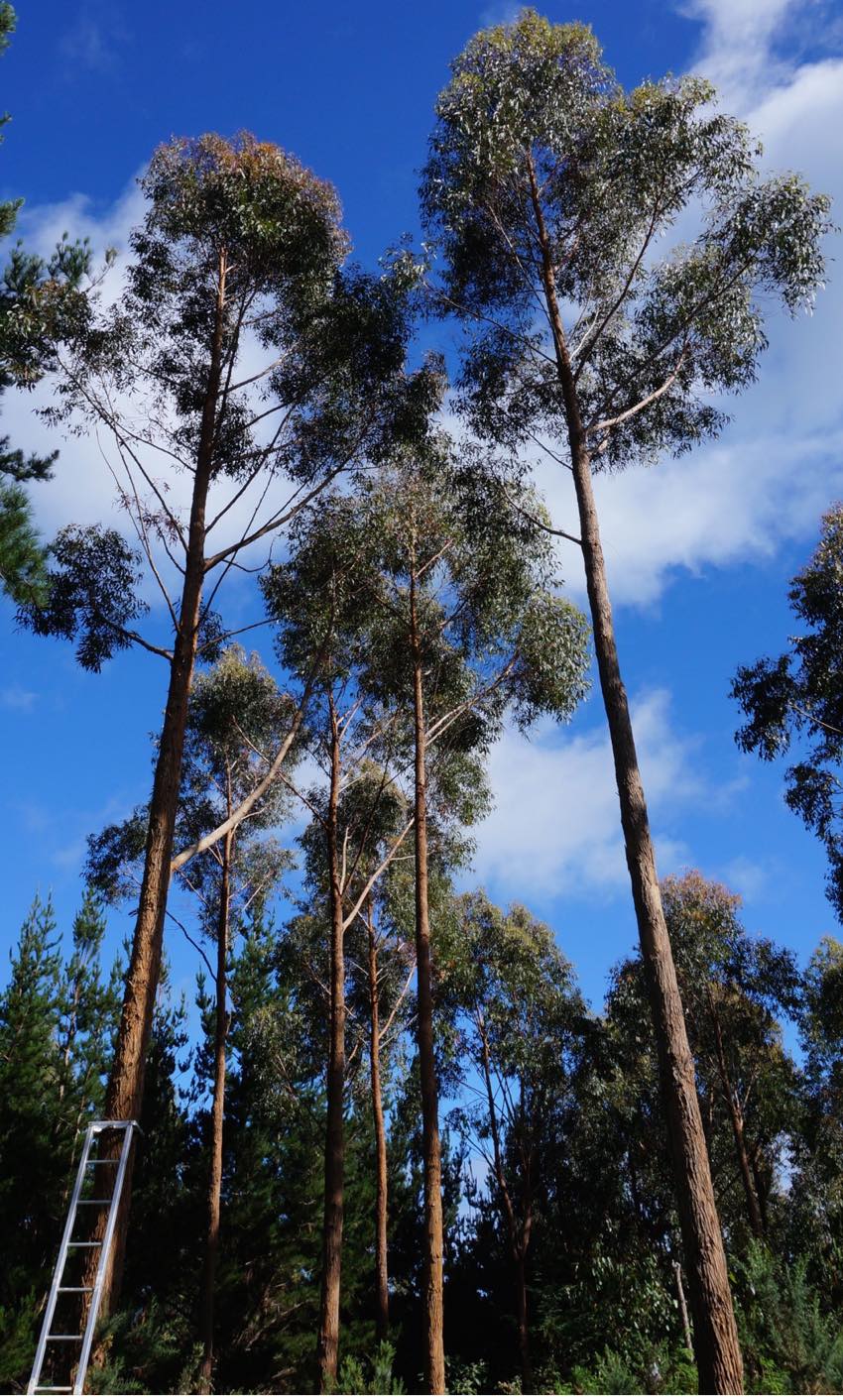
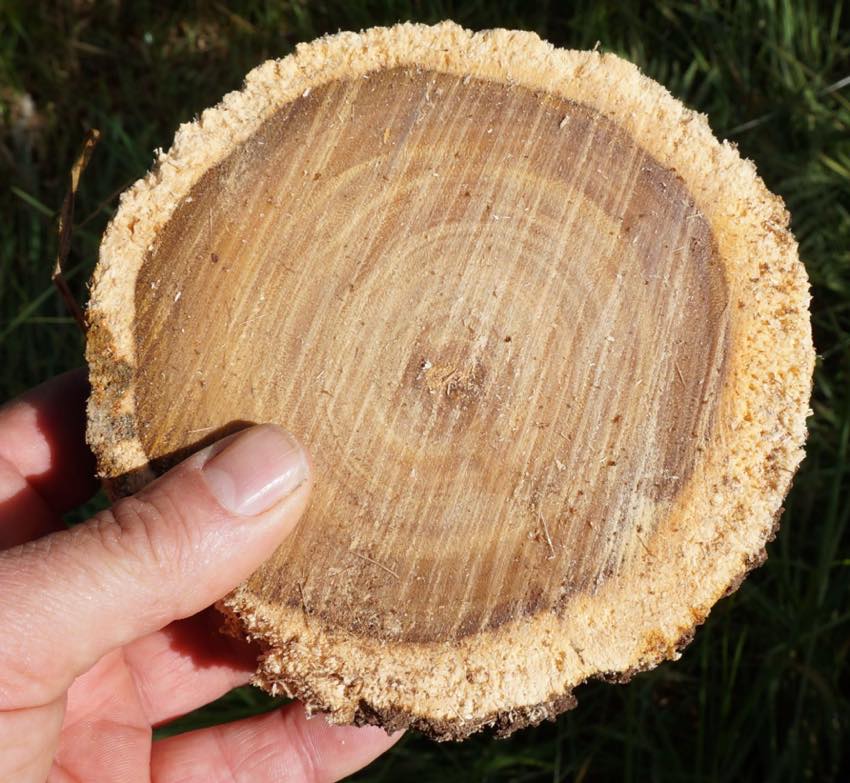
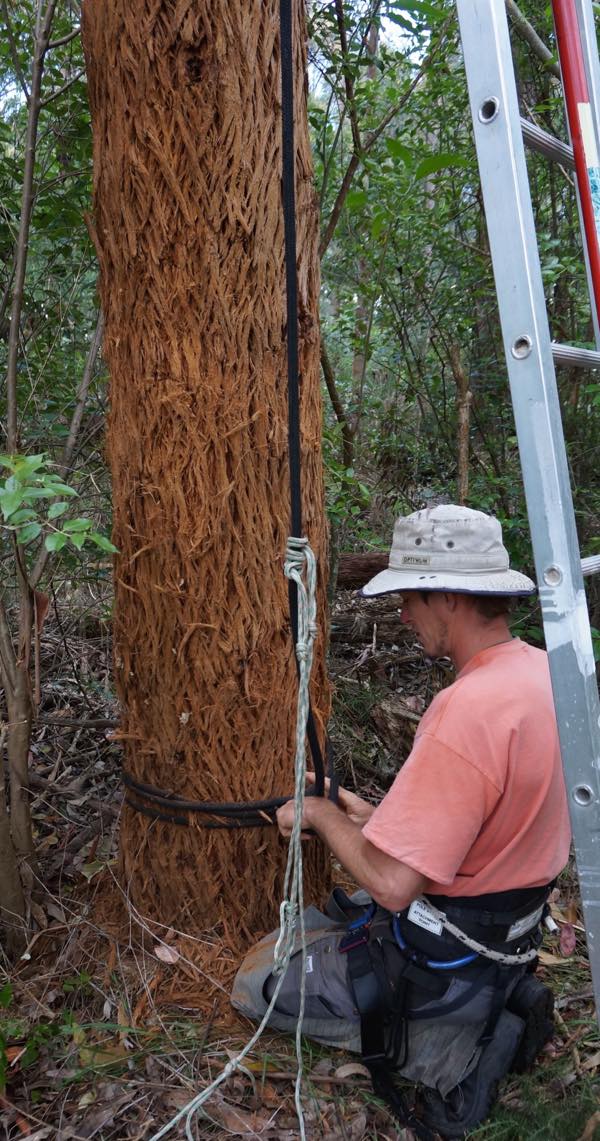

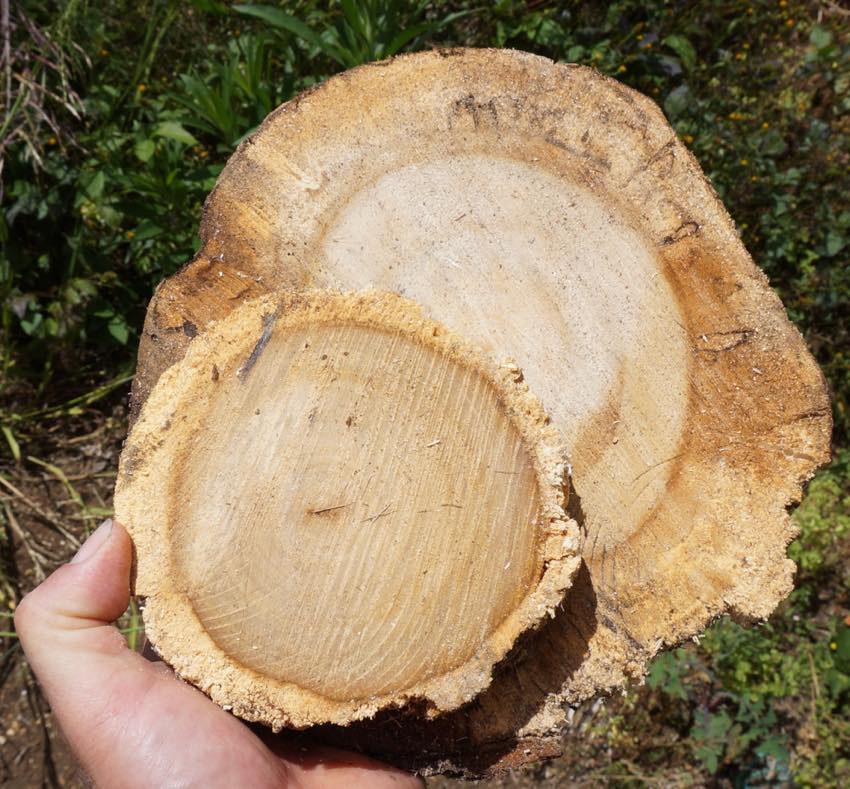
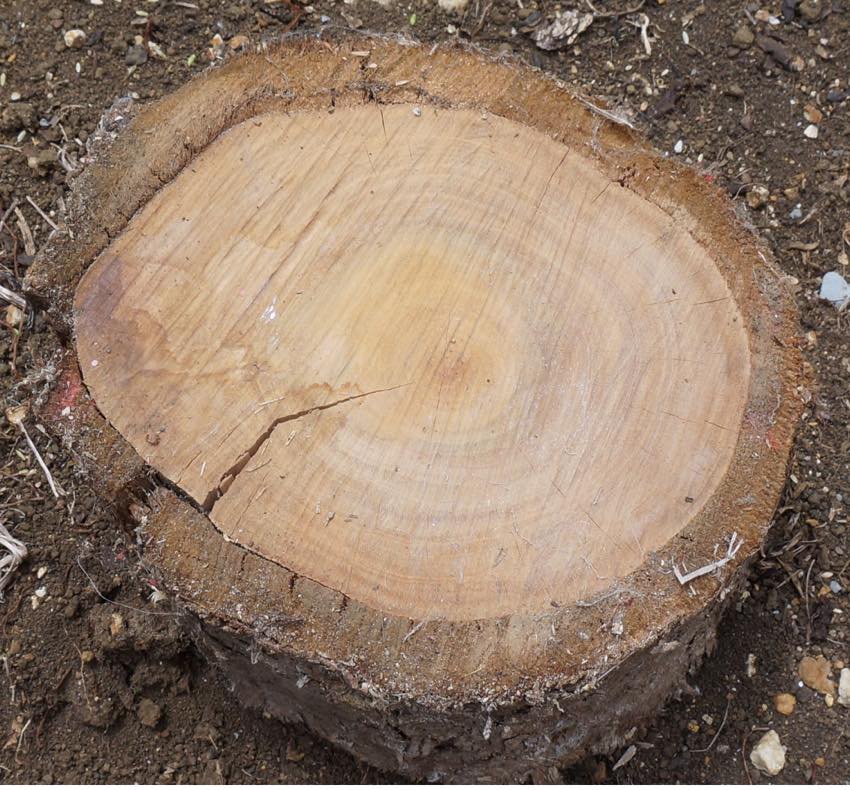
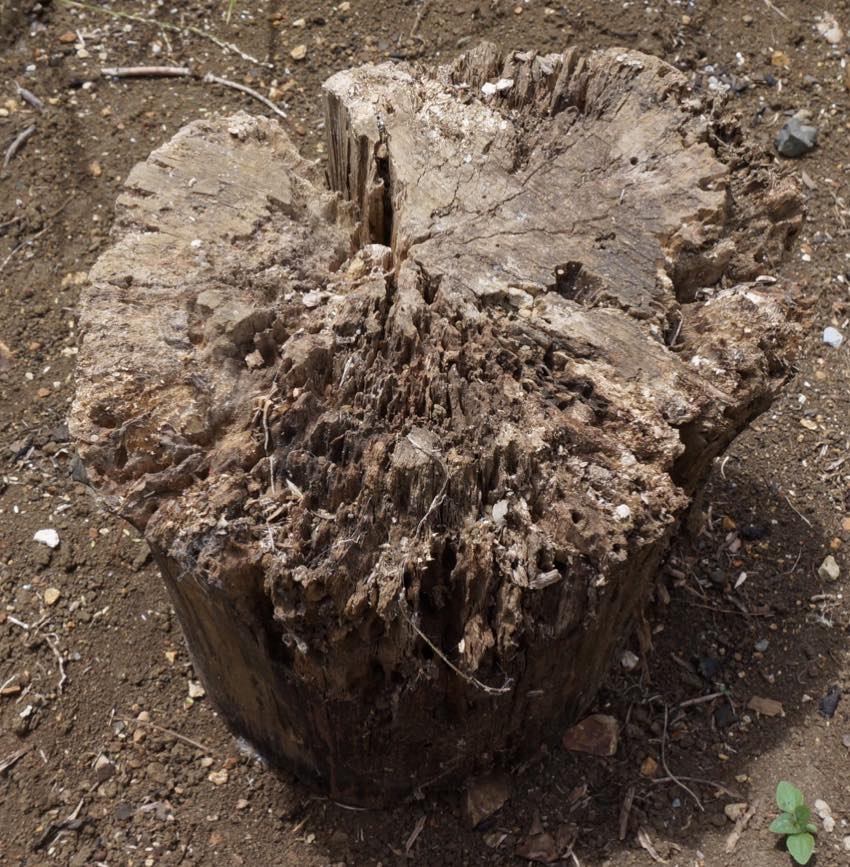
These trees were planted at final crop stocking and were not thinned, demonstrating the good form and potential of the species for deployment into productive forestry plantations.
Disclaimer: Personal views expressed in this blog are those of the writers and do not necessarily represent those of the NZ Farm Forestry Association.
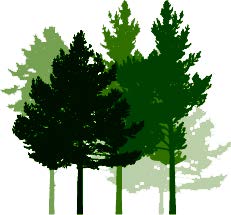
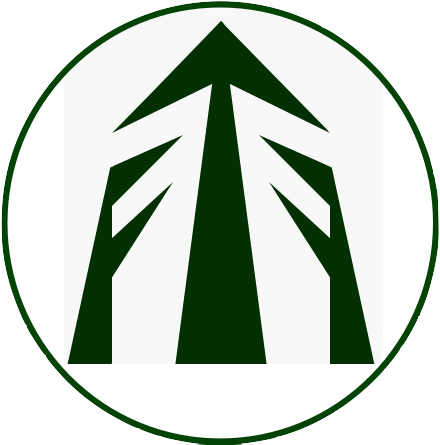 Specialty Timbers New Zealand
Specialty Timbers New Zealand